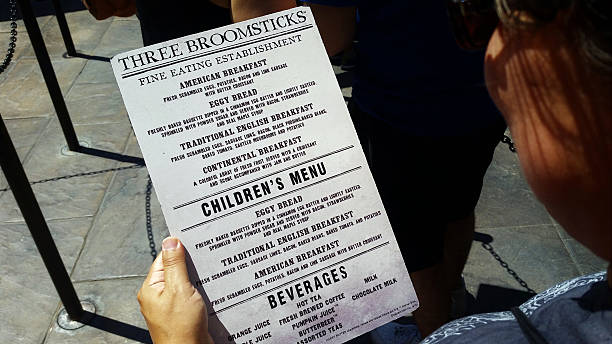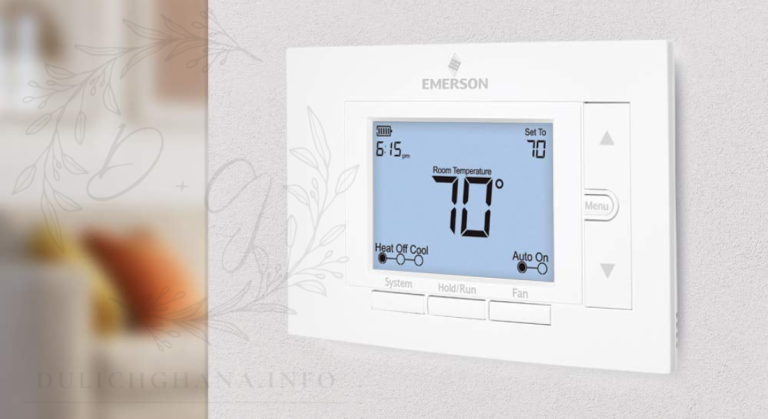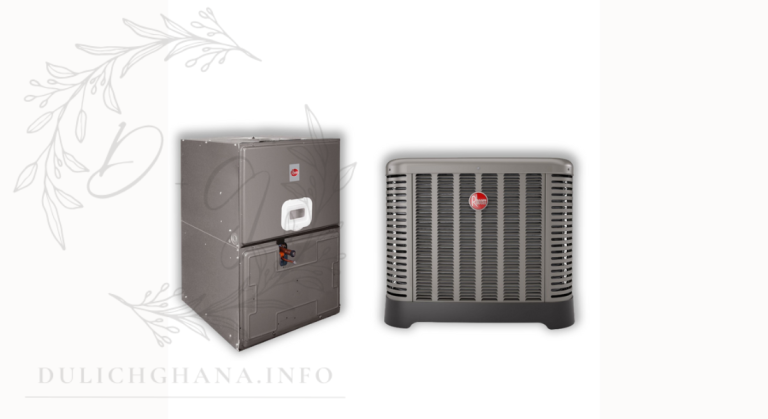
Hollywood, Calif., USA - August 31, 2016: Woman holding menu for Three Broomsticks restaurant in Wizarding World of Harry Potter, Universal Studios Hollywood.
Introduction: The Power of Guest Ratings
In today’s digital age, guest ratings and reviews are crucial for businesses, especially in the hospitality industry. They provide valuable insights into guest experiences, highlight strengths and areas for improvement, and can significantly impact your reputation and success. Analyzing guest ratings effectively allows you to understand what your guests are saying, make informed decisions, and enhance your service offerings. Here’s a guide to interpreting guest feedback and leveraging it to elevate your business.
1. Collecting Guest Feedback: The First Step
Before you can analyze guest ratings, you need to ensure you’re collecting feedback effectively.
- Multiple Channels: Use various platforms to gather ratings, such as online review sites, social media, and post-stay surveys. This approach provides a comprehensive view of guest opinions.
- Encourage Feedback: Actively encourage guests to leave reviews by sending follow-up emails or offering incentives. A higher volume of feedback can give a more accurate picture of guest satisfaction.
- Make It Easy: Ensure the feedback process is simple and accessible, whether through mobile-friendly surveys, direct links, or easy-to-navigate review forms.
Pro Tip: Regularly review and update your feedback collection methods to keep pace with technological advancements and changing guest expectations.
2. Categorizing Feedback: Identifying Key Themes
Once you’ve gathered feedback, categorize it to identify common themes and trends.
- Positive Feedback: Look for recurring compliments about specific aspects of your service, such as staff friendliness, cleanliness, or amenities. Highlighting these strengths can help reinforce what you’re doing well.
- Negative Feedback: Identify common complaints or issues, such as slow service, noisy rooms, or maintenance problems. Understanding these areas can guide improvements and address guest concerns.
- Neutral Feedback: Analyze neutral or mixed reviews to discern if there are specific aspects where guests feel your service could be more consistent or improved.
Pro Tip: Use software tools or analytics platforms to automate categorization and sentiment analysis, especially if you receive a high volume of feedback.
3. Quantitative Analysis: Measuring Guest Satisfaction
Quantitative analysis involves examining numerical ratings to assess overall guest satisfaction.
- Average Ratings: Calculate average ratings across various categories, such as room quality, service, and value for money. This metric provides a clear overview of general satisfaction.
- Rating Trends: Track changes in ratings over time to identify improvements or declines in guest satisfaction. Look for patterns that coincide with changes in service, renovations, or staff adjustments.
- Benchmarking: Compare your ratings with industry standards or competitors to gauge how your performance stacks up against others in the same market.
Pro Tip: Regularly review and adjust your benchmarks to ensure they remain relevant and reflective of current industry standards.
4. Qualitative Analysis: Diving Deeper into Guest Comments
Qualitative analysis involves interpreting detailed guest comments to gain deeper insights.
- Key Phrases and Words: Analyze the language used in guest comments to identify recurring phrases or keywords that indicate common themes or issues.
- Guest Sentiment: Assess the tone of guest comments to understand their overall sentiment—whether positive, negative, or neutral. This can reveal underlying emotions or specific experiences that numerical ratings alone might not capture.
- Specific Suggestions: Pay attention to specific suggestions or requests made by guests. These can provide actionable insights for enhancing your service and addressing areas of concern.
Pro Tip: Use text analysis tools or sentiment analysis software to streamline the process of analyzing qualitative feedback.
5. Acting on Feedback: Implementing Improvements
Analyzing guest ratings is only valuable if you act on the insights gained.
- Address Common Issues: Prioritize addressing recurring complaints or issues identified through feedback. Implement solutions and communicate changes to guests to show that their feedback is valued and acted upon.
- Enhance Strengths: Reinforce and build upon the aspects of your service that receive positive feedback. Consider expanding successful initiatives or introducing new features that align with guest preferences.
- Monitor Impact: After implementing changes, monitor subsequent guest feedback to assess the impact of your improvements and ensure they effectively address the issues raised.
Pro Tip: Create a feedback action plan that outlines specific steps and timelines for addressing both positive and negative comments.
6. Communicating with Guests: Building Trust and Engagement
Effective communication with guests can enhance their overall experience and foster loyalty.
- Respond to Reviews: Acknowledge and respond to guest reviews, both positive and negative. Personalized responses demonstrate that you value guest feedback and are committed to improving their experience.
- Showcase Improvements: Highlight any changes or improvements made as a result of guest feedback through your website, social media, or direct communication. This transparency can build trust and encourage more positive reviews.
- Engage Regularly: Maintain ongoing communication with guests through newsletters, social media, and follow-up surveys to stay engaged and informed about their needs and expectations.
Pro Tip: Use feedback to create a guest-centric culture within your organization, focusing on continuous improvement and exceptional service.
Conclusion: Leveraging Guest Ratings for Success
Analyzing guest ratings provides invaluable insights into guest experiences, helping you understand what they value and where improvements are needed. By collecting comprehensive feedback, categorizing it effectively, and acting on the insights gained, you can enhance your service, address concerns, and build stronger relationships with your guests. Embrace the power of guest ratings to drive continuous improvement and achieve greater success in the hospitality industry.





